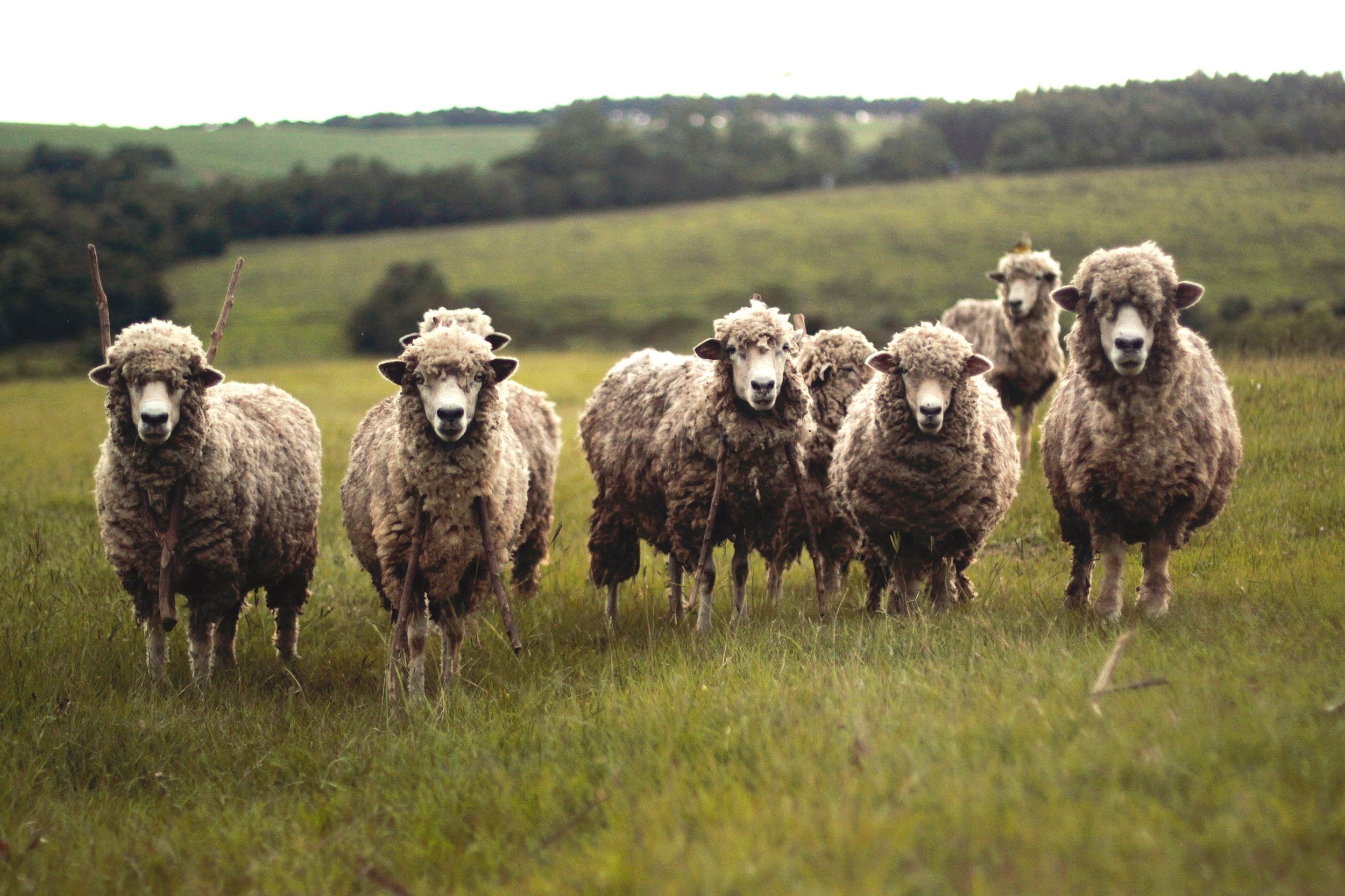
SNOWWOOL
In this project, we aim to develop a biobased isolation material made from Swedish wool to replace the existing fossil based. Increasing the use of wool as a textile fiber will contribute to preserving our planet's resources and combatting the effects on snow and glaciers that climate changes have today.
BACKGROUND
Climate change is rapidly melting glaciers and impacting ski centers' survival. Storing snow during summer is becoming necessary. We want to replace the current fossil-based material that leaks microplastics into nature, wool has the potential to become a sustainable solution. Only 29% of Swedish wool is used. We need to put the remaining 71% to work.
CHALLENGE
Developing a product to meet everyone's needs is a challenge. It is used and handled in diverse ways depending on who uses it. There are challenges in finding a realistic production process, and even if there is a lot of waste wool in Sweden, it can be hard to find enough volume distribution.
SOLUTION
With an extensive network of partners, such as sheep breeders, ski organizations, and test institutes, we have gathered valuable insights. This allows us to conduct extensive testing and analysis, assessing the potential of our product to become a sustainable solution.
RESULT
The objective is to develop an optimized bio-based snow storage construction using waste wool that remains cost-effective. We aim to make significant steps in terms of market readiness level (MRL). It also aims to increase awareness of the potential of Swedish wool, foster collaborations among ski operators, and offer industries a solution for utilizing their waste effectively.
Snow Storage InnovationS
As climate reports indicate a continuous shortening of the winter season and melting of glaciers worldwide, using snow storage material has become crucial for sustaining winter sports resorts. Due to the fact that it requires around eight times more energy to produce snow around 0°C compared to -6°C/-8°C, it is essential to have smart snow management. Snow storage material enables that.
There is also concern that existing fossil-based materials, initially designed for road construction, contribute to microplastic leakage. A potential bio-based material for snow storage protection is waste wool that cannot be used elsewhere.
The environmental profit of the product
Develop a snow storage material using a bio-based fiber (wool) as a replacement for the fossil-based fiber polypropylene.
Find applications for wool that currently goes to incineration or landfill from sheep farming and industrial waste streams.
Ultimately, the project aims to contribute to mitigating climate change by preventing snow and ice melt.
the facts
The project is funded by Vinnova (the Swedish Innovation Agency) and the participating partners.
Period: 11/2022 – 10/2025
Participants: Branäsgruppen, Västkustens Ullinsamling, CE Produkter AB, University of Borås, IUC Sjuhärad, Ivanhoe, Mid Sweden University, Näringsliv Ulricehamn AB, Peak 63 AB, RISE Research Institutes of Sweden, Scandinavian nonwoven AB, SLAO (Swedish ski areas industry association), Swedish Ski Association and The Loop Factory AB

